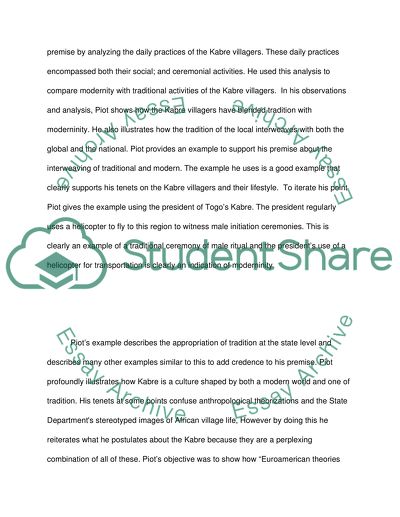Cite this document
(Burkina Faso: Fences Come Alive Book Report/Review, n.d.)
Burkina Faso: Fences Come Alive Book Report/Review. Retrieved from https://studentshare.org/sociology/1522848-ethnography-essay
Burkina Faso: Fences Come Alive Book Report/Review. Retrieved from https://studentshare.org/sociology/1522848-ethnography-essay
(Burkina Faso: Fences Come Alive Book Report/Review)
Burkina Faso: Fences Come Alive Book Report/Review. https://studentshare.org/sociology/1522848-ethnography-essay.
Burkina Faso: Fences Come Alive Book Report/Review. https://studentshare.org/sociology/1522848-ethnography-essay.
“Burkina Faso: Fences Come Alive Book Report/Review”, n.d. https://studentshare.org/sociology/1522848-ethnography-essay.


